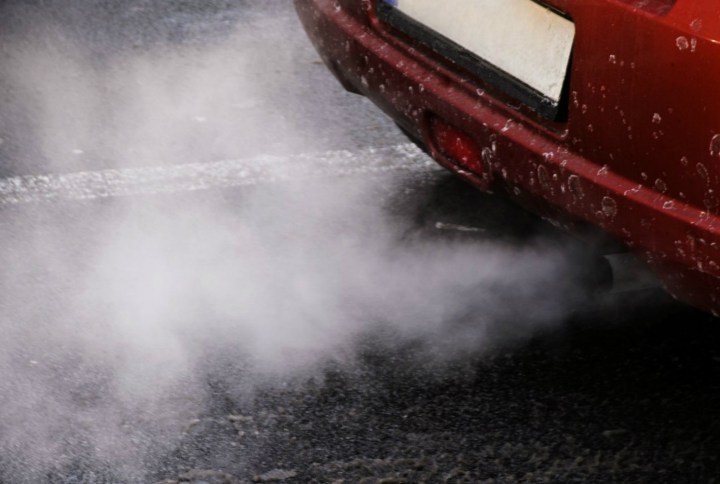
The previous European emissions testing standard measured carbon dioxide (CO2) and nitrogen oxide (NOx) emissions while running cars on rollers at moderate speeds and temperatures. No hills, no high speed runs, and no jamming on the accelerators meant the engines were not put under the heavier loads that those conditions would entail. The heavy loads bump up the emissions levels, at times dramatically.
Following the Volkswagen Group Dieselgate scandal eruption last year, closer scrutiny in Europe revealed other manufacturers had emissions issues as well, particularly with smaller engines. Shrinking engine size to lower emissions was primarily a phenomenon with cars intended for the European market, rather than the U.S. and Asian markets. According to the report, GM, Fiat-Chrysler, and Renault all had emissions that were too high, even though they got through the European emissions testing.
The unacceptably high emissions levels didn’t necessarily mean that other car makers were using cheat devices or software. However, the implication is that manufacturers turned a blind eye on the difference in emissions levels under heavy loads as opposed to the environmentally friendlier levels at the light-to-moderate loads during testing.
“They might be doing OK in the current European test cycle, but in the real world they are not performing,” IHS Automotive analyst Pavan Potluri said. “So there’s actually a bit of ‘upsizing’ going on, particularly in diesel.”
So if smaller engines designed for lower emissions aren’t strong enough for everyday real-world driving, even with power-enhancers like turbochargers, the only answer — at least for internal combustion engines — is to use larger engines. That move, in turn, means a higher base level of emissions to deal with, but if the engines don’t have to strain to get up hills or keep up with traffic, then the disparity between moderate load and heavy load emissions levels should not be as great.
Reuters reported that Renault, General Motors, and VW are all working on larger engines to replace the troubled smaller power plants, for both diesel and gasoline variants. The current heavy emphasis on developing all-electric vehicle technologies has already put pressure on development budgets, but major car makers cannot walk away from the small car market. That means new ICE motors capable of sufficient performance without egregious emissions spewing are needed stat.



